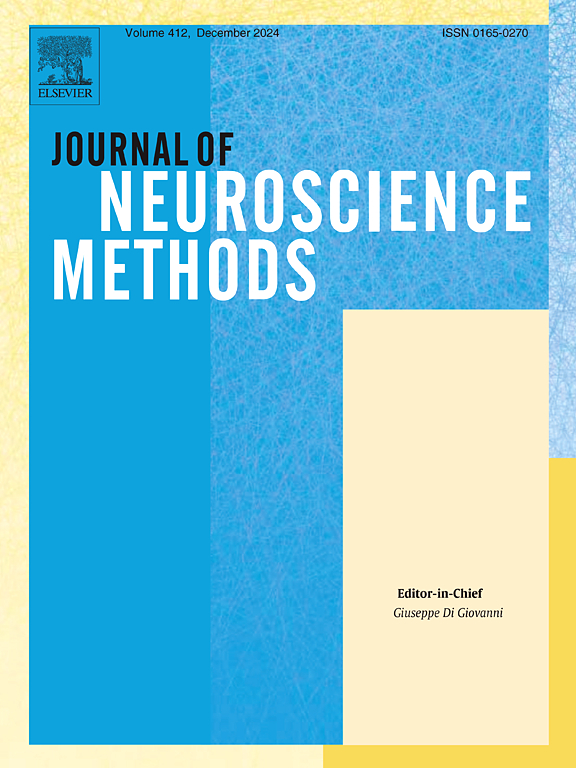清醒蟾蜍大脑活动的慢性记录
IF 2.3
4区 医学
Q2 BIOCHEMICAL RESEARCH METHODS
引用次数: 0
摘要
水栖动物代表了从水生环境到陆地环境的重要进化过渡,尽管它们的大脑相对简单,但它们表现出多种复杂的行为。然而,它们的大脑活动不像许多其他脊椎动物那样被很好地描述,部分原因是由于生理特征使得电生理学记录难以在清醒和运动的动物身上进行。新方法将柔性网状电子器件植入蔗蟾蜍(Rhinella marina)体内,对麻醉蟾蜍和清醒蟾蜍的端脑进行多天的细胞外记录。结果:虽然我们很难维持所有手术动物的植入物,但我们记录了5只清醒蟾蜍连续5天的大脑活动,以及在记录期间麻醉的蟾蜍连续15周的大脑活动。我们能够进行尖峰排序,并确定了所有蟾蜍的单和多单位活动。与现有方法相比,据我们所知,这是第一次用现代方法对未瘫痪的蟾蜍进行多天电生理检查,尽管过去有短期记录的历史参考。结论优化两栖动物柔性网格电子学将为两栖动物行为的神经基础的深入研究提供基础。本文章由计算机程序翻译,如有差异,请以英文原文为准。
Chronic recording of brain activity in awake toads
Background
Amphibians represent an important evolutionary transition from aquatic to terrestrial environments and they display a large variety of complex behaviors despite a relatively simple brain. However, their brain activity is not as well characterized as that of many other vertebrates, partially due to physiological traits that have made electrophysiology recordings difficult to perform in awake and moving animals.
New method
We implanted flexible mesh electronics in the cane toad (Rhinella marina) and performed extracellular recordings in the telencephalon of anesthetized toads and awake toads over multiple days.
Results
Though we struggled with maintaining implants in all operated animals, we recorded brain activity over five consecutive days in 5 awake toads and over a 15 week period in a toad that was anesthetized during recordings. We were able to perform spike sorting and identified single- and multi-unit activity in all toads.
Comparison with existing methods
To our knowledge, this is the first report of a modern method to perform electrophysiology in non-paralyzed toads over multiple days, though there are historical references to short term recordings in the past.
Conclusions
Optimizing flexible mesh electronics in amphibian species will allow for advanced studies of the neural basis of amphibian behaviors.
求助全文
通过发布文献求助,成功后即可免费获取论文全文。
去求助
来源期刊

Journal of Neuroscience Methods
医学-神经科学
CiteScore
7.10
自引率
3.30%
发文量
226
审稿时长
52 days
期刊介绍:
The Journal of Neuroscience Methods publishes papers that describe new methods that are specifically for neuroscience research conducted in invertebrates, vertebrates or in man. Major methodological improvements or important refinements of established neuroscience methods are also considered for publication. The Journal''s Scope includes all aspects of contemporary neuroscience research, including anatomical, behavioural, biochemical, cellular, computational, molecular, invasive and non-invasive imaging, optogenetic, and physiological research investigations.
 求助内容:
求助内容: 应助结果提醒方式:
应助结果提醒方式:


